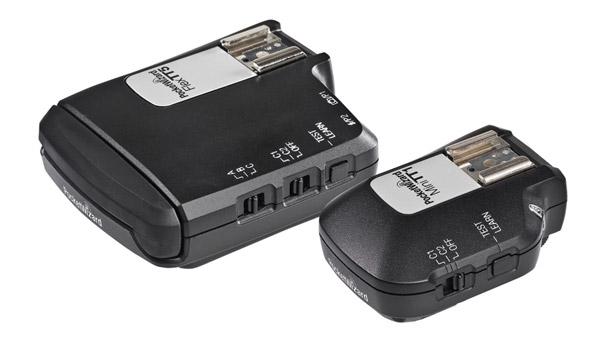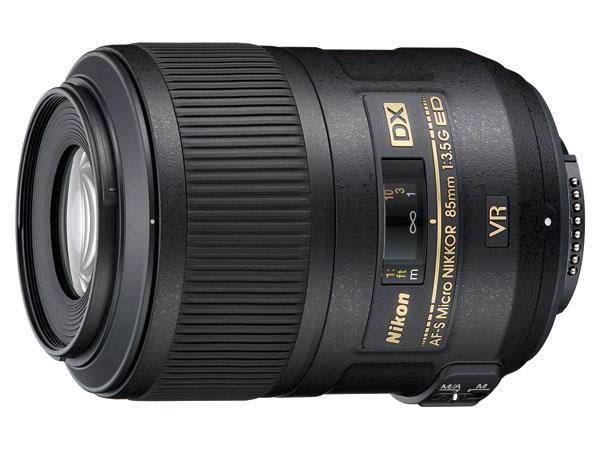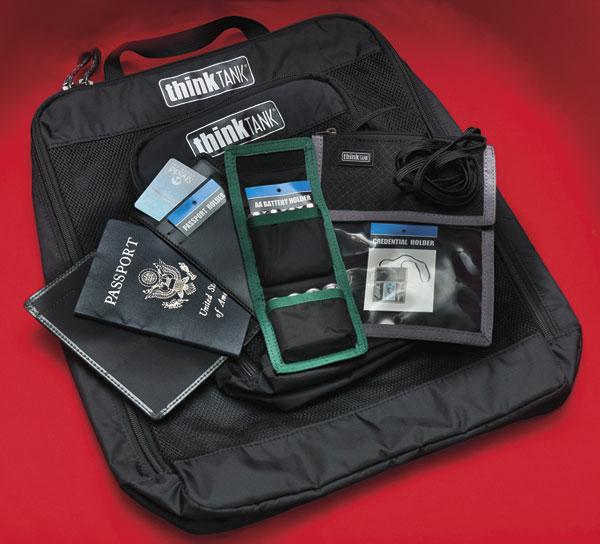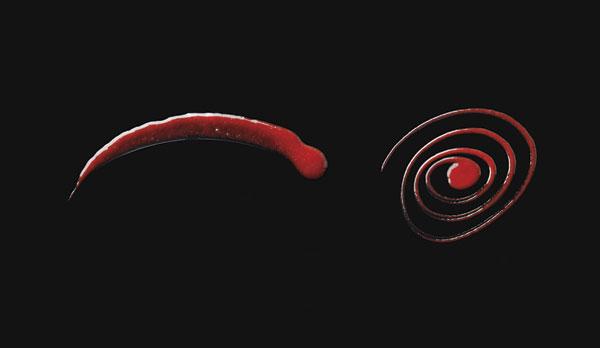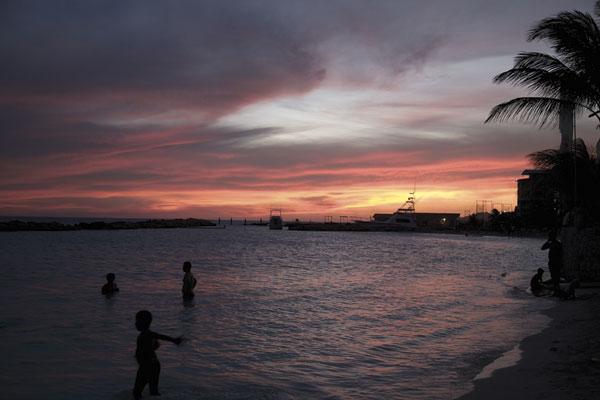Jack Neubart
|
Jan 23, 2012 |
First Published: Dec 01, 2011
|
Dec 27, 2011 |
First Published: Nov 01, 2011
|
Dec 13, 2011 |
First Published: Nov 01, 2011
|
Nov 22, 2011 |
First Published: Oct 01, 2011
|
Nov 17, 2011 |
First Published: Oct 01, 2011
|
Sep 20, 2011 |
First Published: Aug 01, 2011
|
Sep 02, 2011 |
First Published: Jul 01, 2011
|
Aug 29, 2011 |
First Published: Jul 01, 2011
|
Jul 18, 2011 |
First Published: Jun 01, 2011
|
Jun 07, 2011 |
First Published: May 01, 2011

